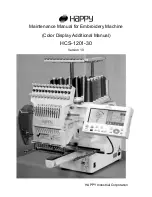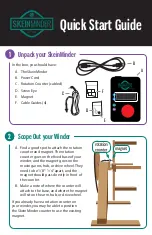
-
3
-
-
4
-
CallExtend will not work on extension ports that will not perform call transfers.
Cabling CallExtend to Your Phone System:
After testing the phone system’s analog extension ports, you are ready to connect
CallExtend to these extensions. Use standard modular cords with RJ11C connectors,
as shown in Figure 1.
Your phone system should be programmed to route incoming calls to the extension
port(s) CallExtend is connected to.
Note:
Typically, if both ports of CallExtend are to be used, incoming calls should be
routed first to the phone system extension that is connected to CallExtend’s Port 1.
Calls should then hunt to the phone system extension connected to CallExtend’s
Port 2. Do
not
have each incoming call ring simultaneously to both of the phone
system extensions that CallExtend is connected to.
Inserting the Battery Backup:
A standard 9-volt battery can be inserted on the back of the CallExtend unit to
prevent loss of the voice messages during power failures (see Figure 2). CallExtend
stores all of its programmed settings, except the voice messages, in non-volatile
RAM, so these settings are
not
erased when there is a power failure.
If the battery runs out (or if no battery is inserted in CallExtend), CallExtend will
only lose the voice messages when there is a power failure. Once power is returned,
it will answer calls, but it will not have a greeting to play to the caller. When
CallExtend is powered on, it will light up the “Battery Low Light” on the front panel
to indicate low battery voltage or no battery attached.




































